
This Step by Step How to Guide details how to Install you can use our Garage Insulation Kit to transform your Garage in to a fully usable space. Our aim is to ensure that you can actually use your Garage space and enjoy the space, without fearing the extreme cold / heat.
We are the leading UK & European distributor of Multifoil Insulation products. We offer free next working day delivery to the UK Mainland (On Orders placed before 2pm – Orders over £100 + VAT)
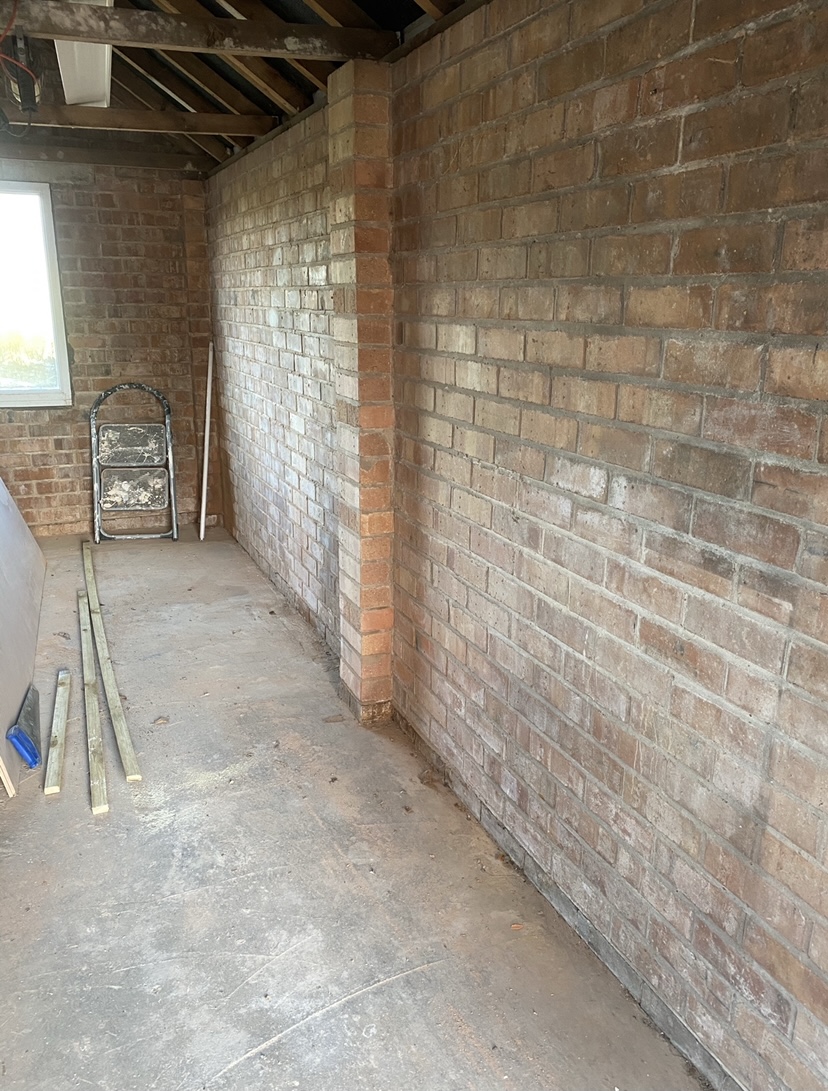
Remove all items from your garage, you want to ensure that you have space around you and that nothing gets in the way of the installation. We also suggest removing as much dirt as possible too, before starting the process.
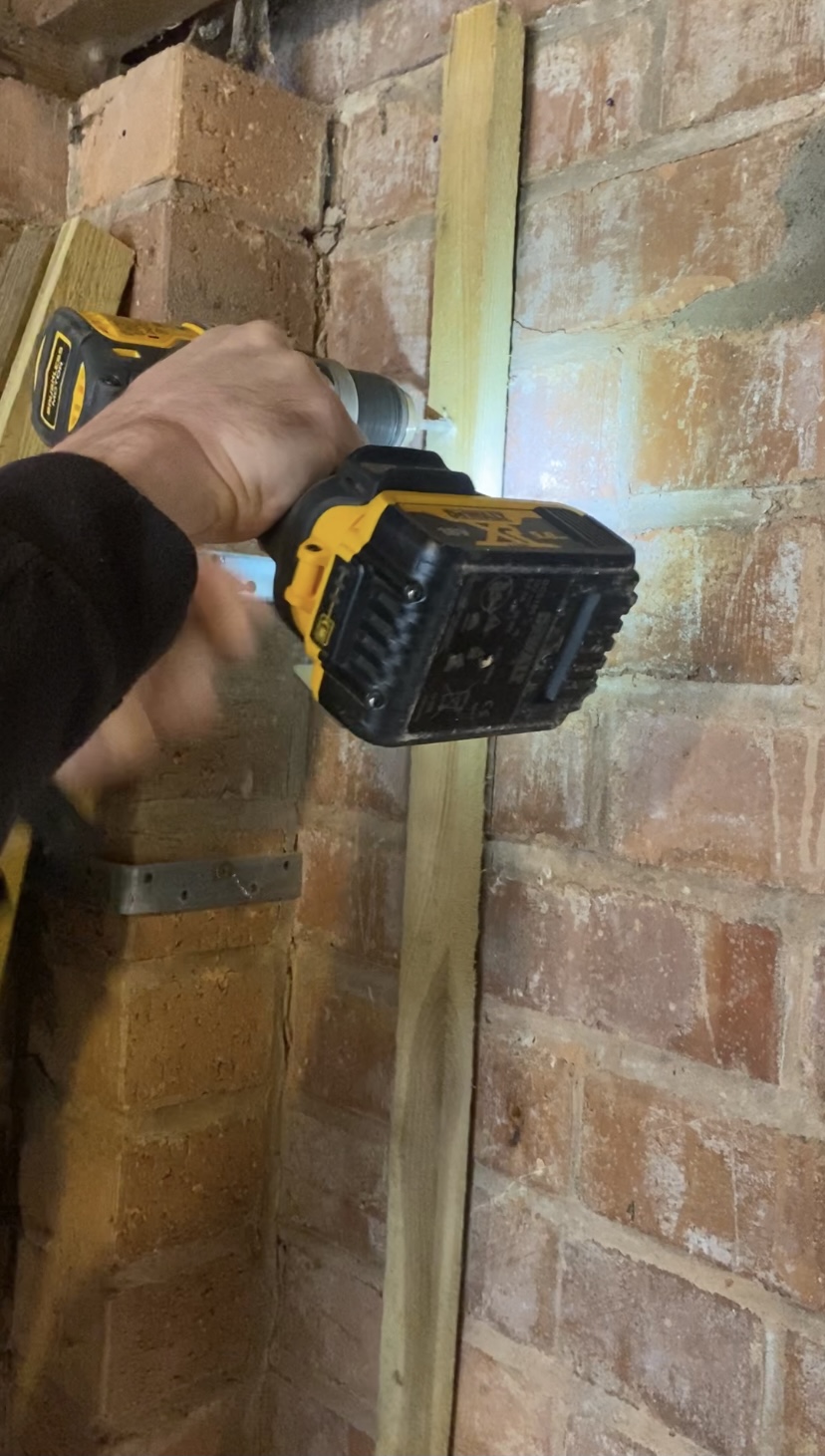
First, install 25mm battens on the wall vertically. Use a spirit level to ensure they are nice and straight and draw a line. Drill a hole through the batten and in to the wall, before installing the screw. We advise that you leave 400mm of space between each batten you install.
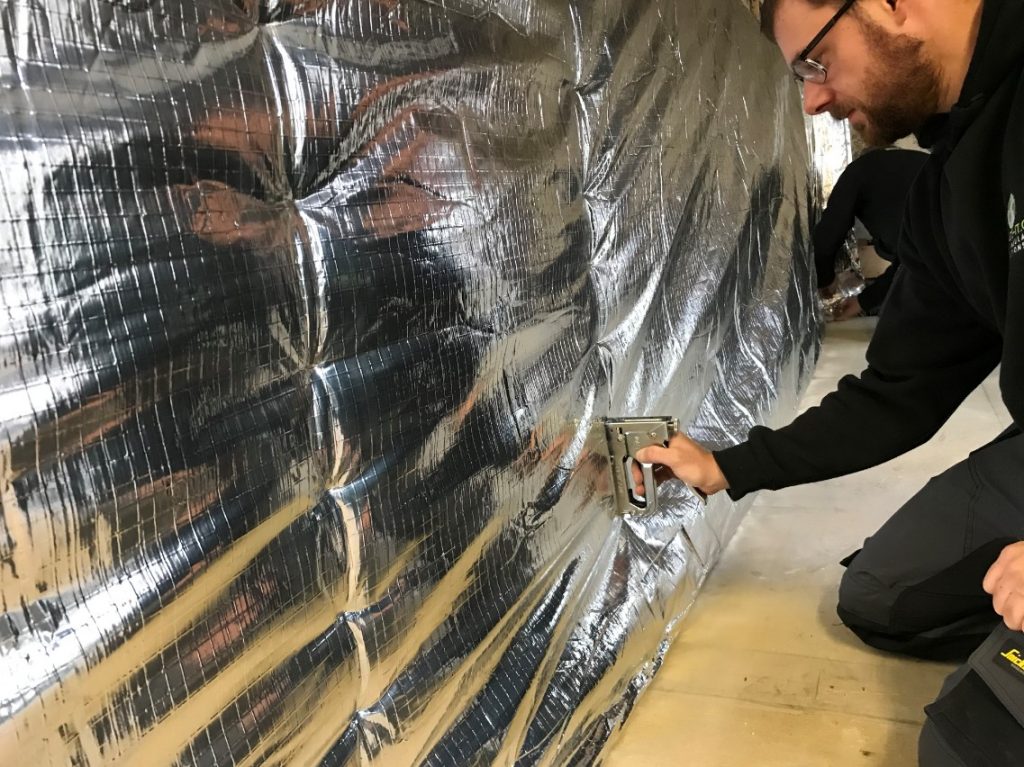
You can now staple the EcoQuilt to the battens internally. Leave a gap of around 300mm between each staple. Overlap the insulation by 50mm. This will ensure the insulation material holds tightly in place. Once stapled, you will have created an air cavity behind the insulation. The Heavy Duty Staple Gun and 5,000 14mm Staples are included within the Kit.
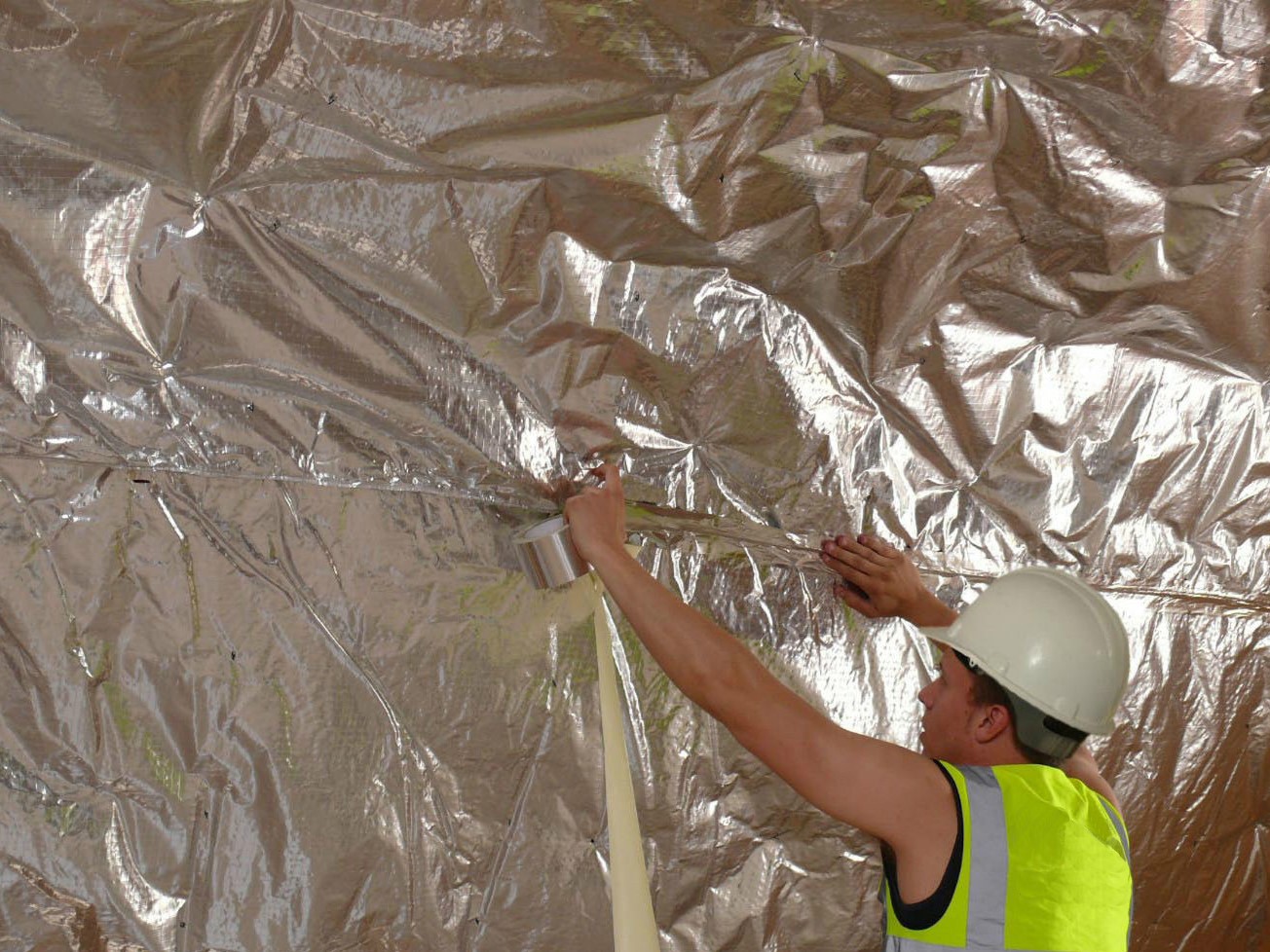
Use the Thermaseal Foil Joining Tape, included in the Kit, to tape and seal around all of the edges and joints. When fully taped and sealed you will have created a vapour control layer, so you have a dry environment.
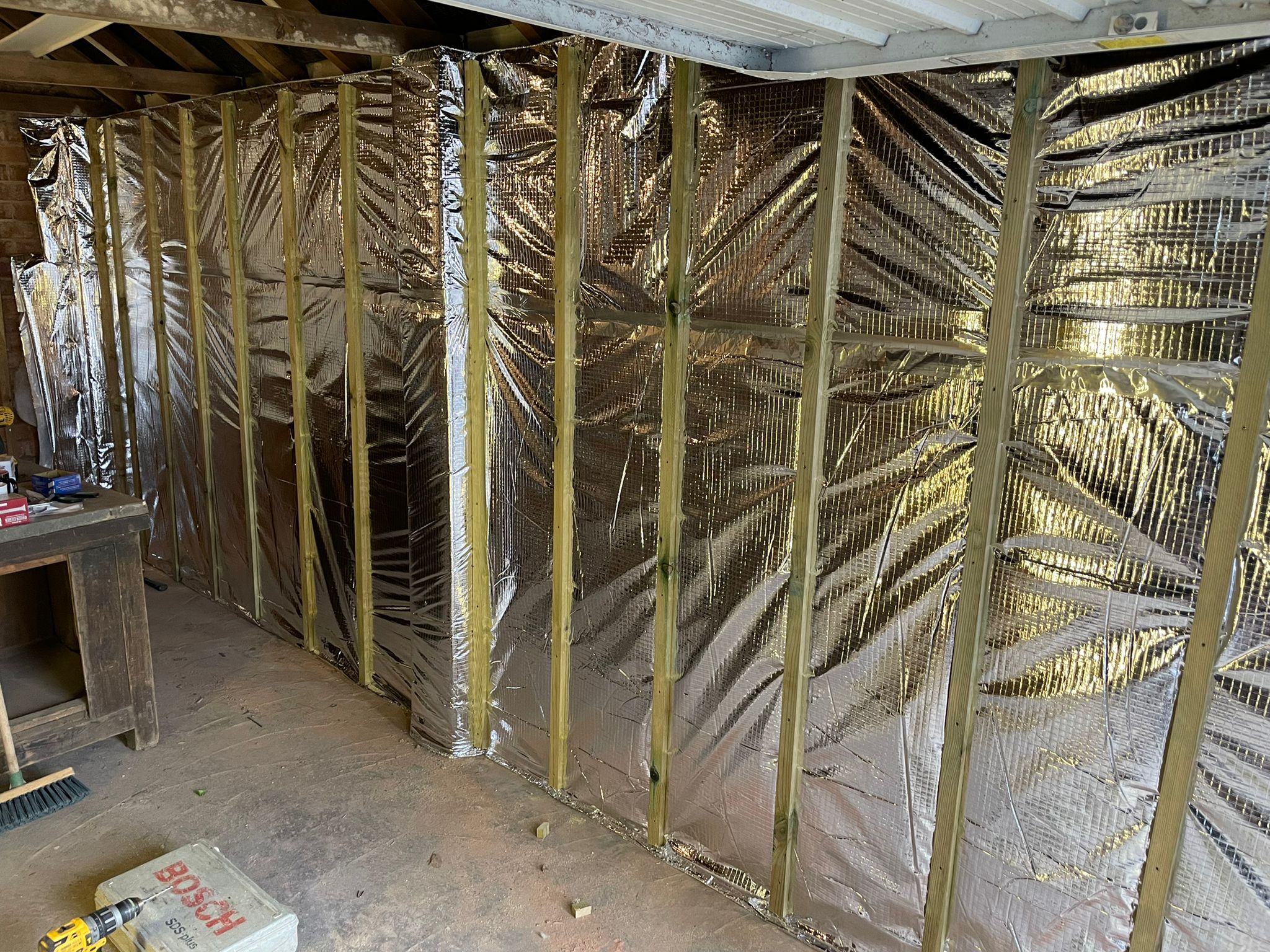
You can install your second set of 25mm battens, either vertically or horizontally. Again, leave the same 400mm spacing between the two.
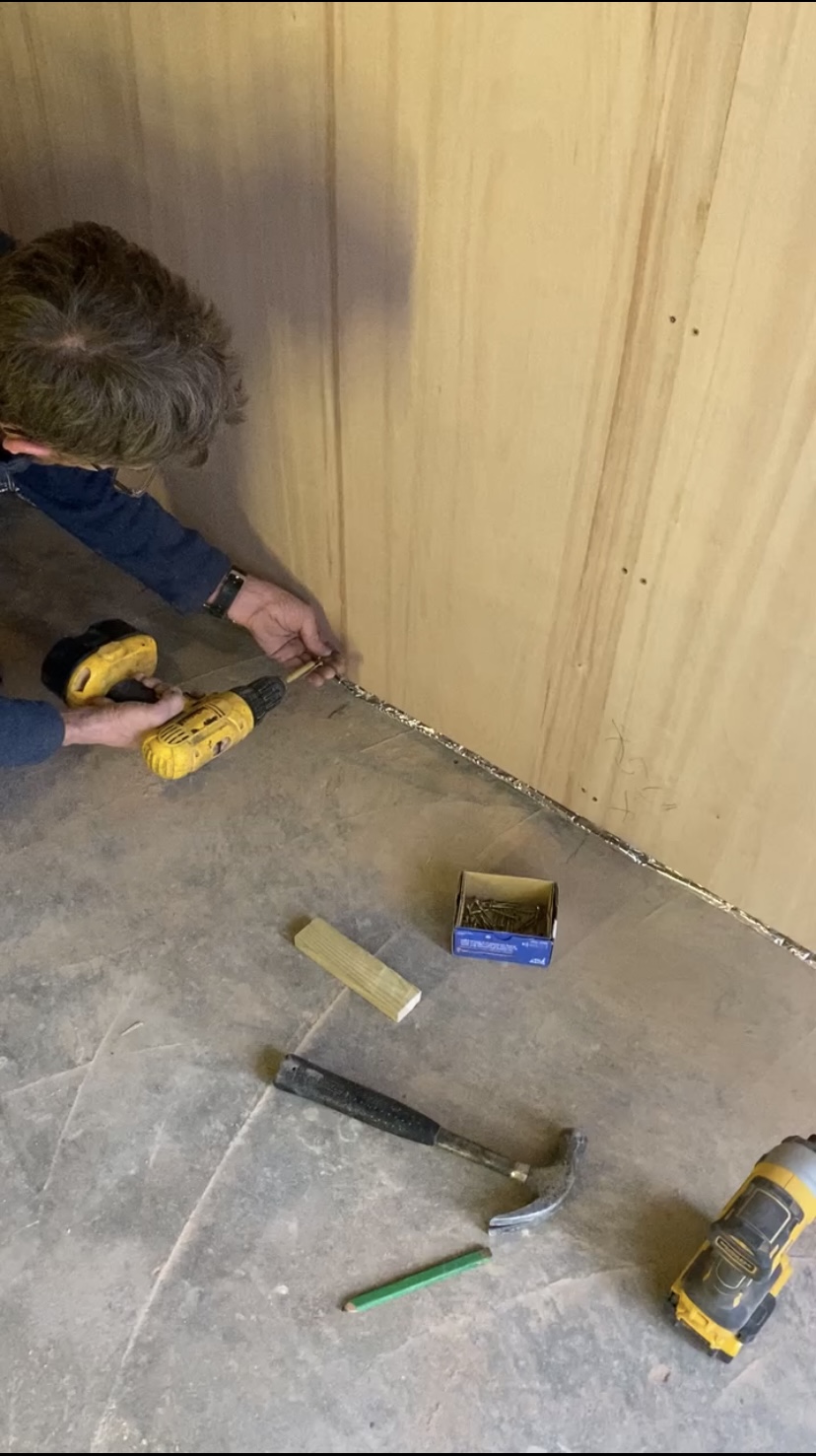
You can not install your chosen boarding - common finishes are plasterboard, cladding or plywood. Again, between your internal boarding and the insulation materials, you will have created another air cavity - which helps the insulation to reflect and perform.
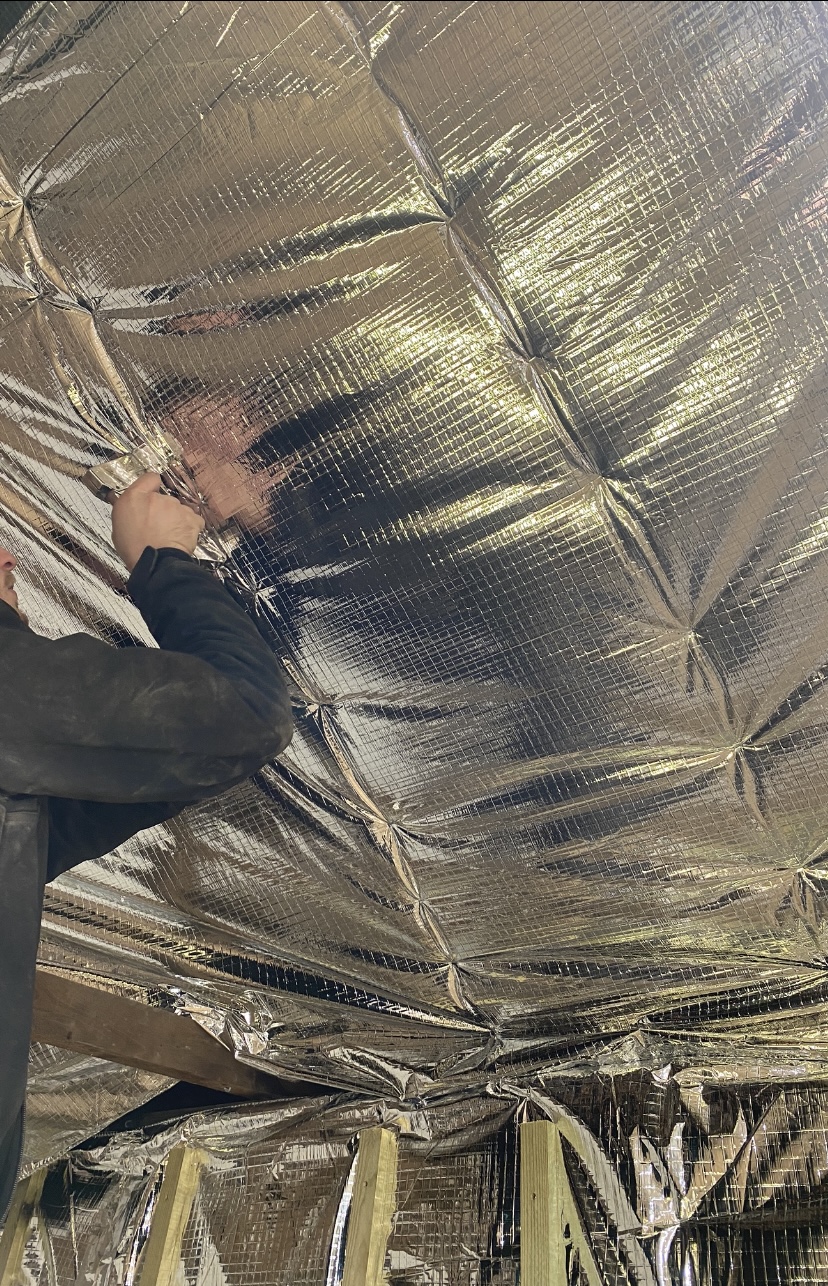
Staple the Insulation directly to the underside of the roof rafters (there is no need to install a first set of battens) as the rafters create the cavity you need. Insulate, as you did on the walls and then you can install your battens over the top. Now you have the choice whether you leave the insulation exposed / board over!
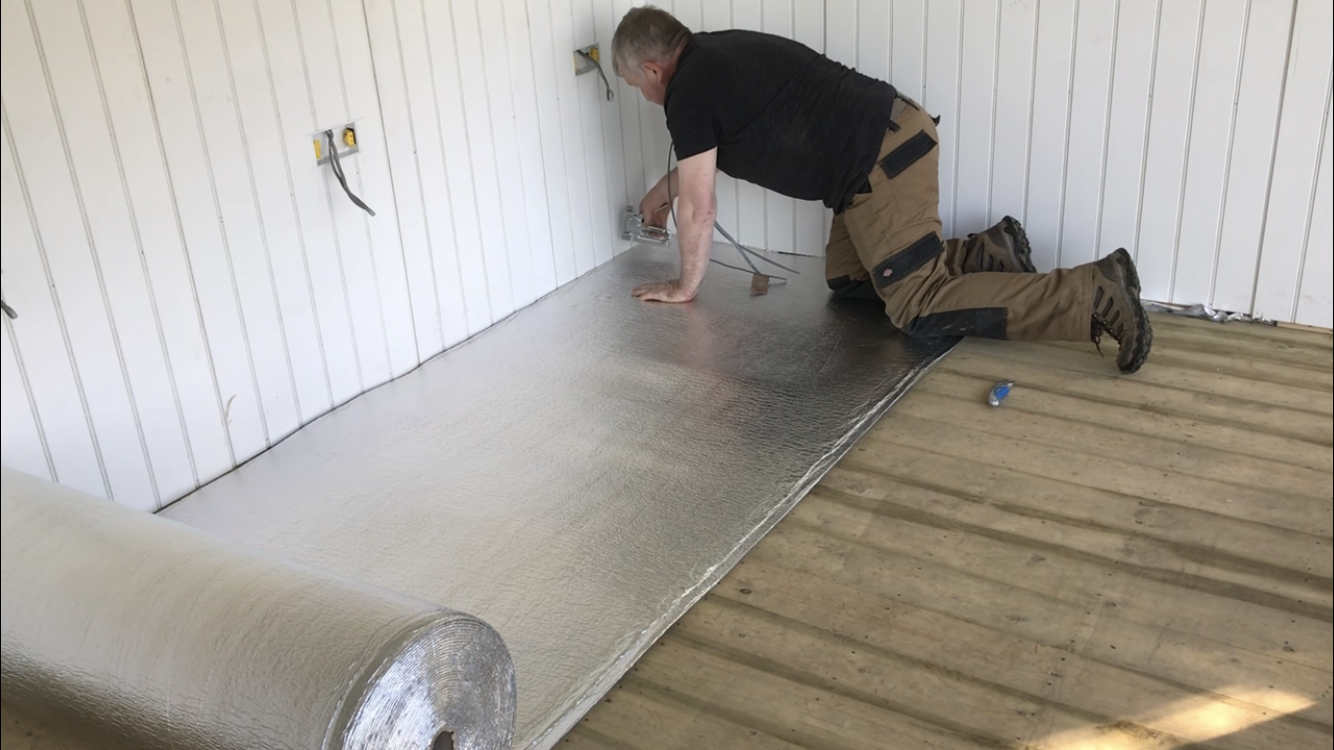
Roll our the EcoTec Floor Foam along the wooden / concrete floor. If you have a concrete floor, you would use the double sided tape - provided in the kit to keep the floor insulation in place. If you have a wooden floor, use the staple gun kit which is also included in the kit to secure the floor insulation in to place. Do not overlap the insulation material, you should butt join the insulation - so at no point you have two layers of this.
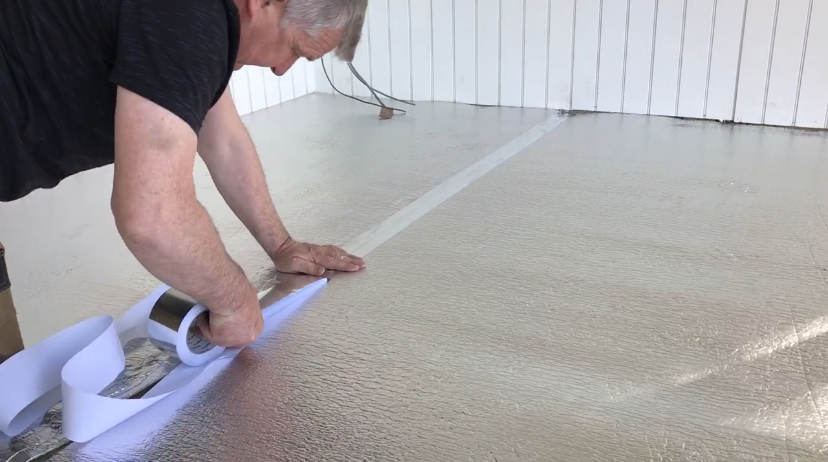
Once the EcoTec Floor Foam material is down, tape and seal around all of the edges and the joints. When taped and sealed, you are preventing any cold bridging. Once taped and sealed with our thermaseal foil joining tape - you will also prevent any condensation forming as the material acts as a damp proof membrane.

Those who are converting in to a workshop, for cars and bikes etc. or a gym may wish to use rubber floor tiles that are robust. In this case that is what our customer did, however you can finish in your desired finish - anything from Laminate, Carpet, Vinyl etc.
Disclaimer – Multifoil Insulation cannot be held responsible for any losses financially or physically from advice provided in this How-To-Guide. Recommended fixing materials and good building practice should also be used when undergoing any building works.